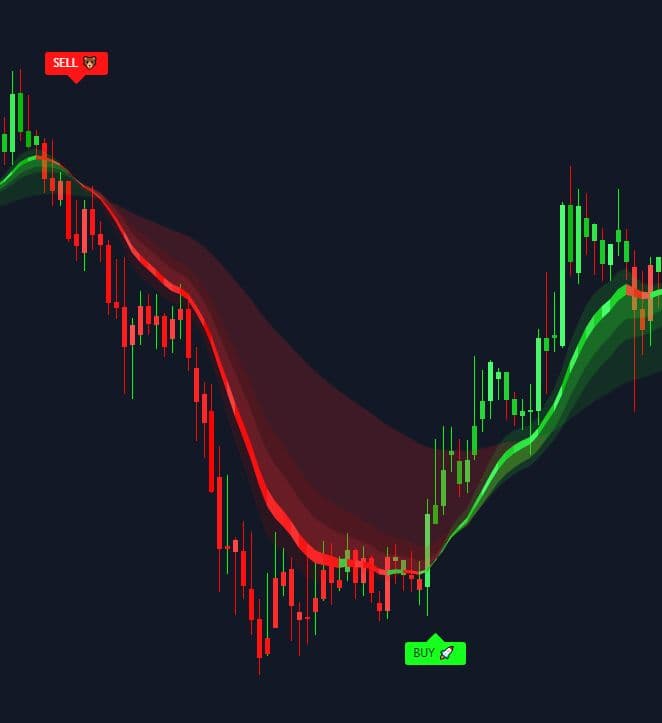NEPSE Daily Turnover Trends: What Rising Liquidity Signals for Investors
Daily NEPSE turnover signals market confidence, trading opportunities, and sector trends. Learn why it matters and how Nepali investors can use it for smarter decisions.

Introduction: Why Daily Turnover Matters in NEPSE
In Nepal’s stock market, the NEPSE index often gets the most attention. However, daily turnover (total trading value) is an equally important metric that investors should never ignore. A high turnover suggests strong liquidity — meaning investors can easily buy and sell shares without significantly moving prices. Conversely, low turnover may indicate weak market participation, making stocks harder to trade.
For both short-term traders and long-term investors, understanding NEPSE’s daily turnover trends offers critical insights into market sentiment, liquidity, and potential opportunities. In this blog, we’ll break down:
What daily turnover means in NEPSE
How liquidity trends shape price movements
The relationship between turnover and market sentiment
Sector-wise turnover behavior
Key signals investors can act on
What Is Daily Turnover in NEPSE?
Daily turnover in NEPSE refers to the total monetary value of shares traded in a single day. For example, if 5 million shares worth NPR 3 billion change hands in a day, the daily turnover is recorded as NPR 3 billion.
This figure is published every trading day by NEPSE and widely reported in financial news portals. While the NEPSE Index shows price direction, turnover shows participation.
High Turnover = High Liquidity: More buyers and sellers, smoother price discovery.
Low Turnover = Low Liquidity: Fewer trades, more volatility risk.
Rising Liquidity: What It Signals for Investors
When NEPSE’s daily turnover increases consistently, it sends important signals:
1. Investor Confidence Is Improving
Higher turnover usually indicates that more investors are entering the market, suggesting optimism about economic growth, corporate earnings, or policy changes.
2. Market Depth Is Strengthening
Liquidity makes it easier for large institutional investors and mutual funds to participate without distorting prices, attracting even more capital inflows.
3. Volatility May Reduce (But Not Always)
With strong liquidity, bid-ask spreads narrow, making the market more stable. However, sudden spikes in turnover can also reflect speculative trading and short-term volatility.
4. Early Signs of Bull or Bear Markets
Rising turnover often precedes bullish rallies, while declining turnover during falling prices may confirm a bearish phase.
Turnover and Market Sentiment in Nepal
Daily turnover is often used as a sentiment indicator in NEPSE. For example:
If prices are rising with increasing turnover, it reflects strong bullish sentiment.
If prices are rising with falling turnover, it suggests the rally may be weak.
If prices are falling with high turnover, panic selling might be underway.
If prices are falling with low turnover, investors may simply be waiting.
This makes turnover a vital tool for technical and behavioral analysis.
Sector-Wise Turnover Trends
Not all sectors in NEPSE contribute equally to turnover. Traditionally, commercial banks and hydropower companies dominate trading volumes. But in recent years, microfinance, insurance, and manufacturing & processing companies have also shown high activity.
Commercial Banks: Major turnover driver due to high capitalization and investor trust.
Hydropower: Frequently speculative, with big swings in turnover during IPO/bonus share news.
Insurance & Microfinance: Increasingly active, signaling investor appetite for high-risk, high-return plays.
By studying sectoral turnover, investors can identify rotations of interest, where liquidity shifts from one sector to another.
Case Study: NEPSE Turnover in 2020 vs 2023
In 2020, NEPSE’s daily turnover often stayed below NPR 1 billion, reflecting low liquidity and cautious sentiment amid COVID uncertainty.
By 2021–2022, turnover crossed NPR 15–20 billion during the bull run, showing massive liquidity inflows from retail investors.
In 2023–2024, turnover normalized around NPR 3–6 billion daily, reflecting a balanced but cautious market.
This demonstrates how turnover closely follows economic cycles, policy changes, and investor mood.
Practical Signals for Investors
Here’s how investors can use turnover analysis in NEPSE:
Track Liquidity Before Entry/Exit
Always check if your target stock has sufficient daily turnover. Illiquid stocks may trap you during market downturns.Confirm Market Trends with Turnover
A rising NEPSE index backed by rising turnover is stronger than one with weak turnover.Identify Hot Sectors
Compare sectoral turnover daily to spot where liquidity is flowing — banking, hydropower, or microfinance.Avoid Overheated Speculation
If turnover spikes abnormally in a small-cap stock, it may be due to pump-and-dump activity.
Risks of Relying Too Much on Turnover
While turnover is a powerful tool, it shouldn’t be the sole factor in investment decisions. Some risks include:
Speculative Trading: High turnover doesn’t always mean stability; it may reflect gambling-like activity.
Manipulation Risk: Illiquid stocks can show sudden turnover spikes due to insider activity.
False Signals: Turnover trends need confirmation from price patterns, earnings data, and macroeconomic indicators.
Conclusion: Why Liquidity Matters More Than Ever
In NEPSE, daily turnover is more than just a number — it’s a mirror of market health. Rising liquidity reflects investor confidence, healthy participation, and potential growth opportunities. However, investors must balance enthusiasm with caution, analyzing turnover alongside other indicators.
For both traders and long-term investors in Nepal, monitoring NEPSE daily turnover trends can provide an edge in spotting opportunities early and avoiding liquidity traps.
As the Nepali capital market matures, rising liquidity will remain a critical driver of sustainable growth and investment success.